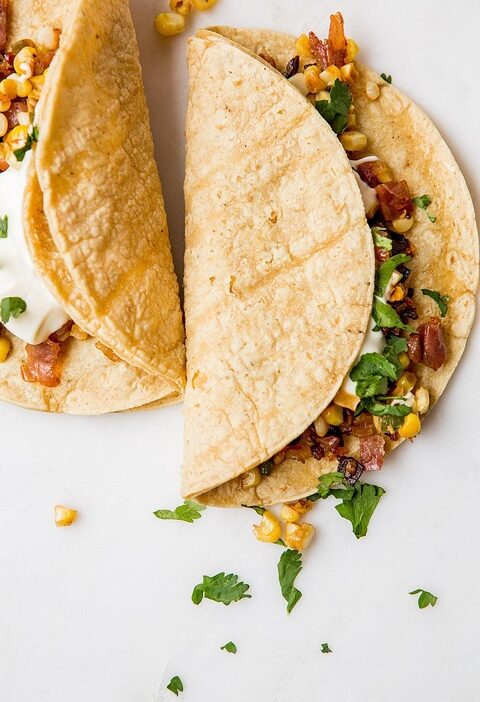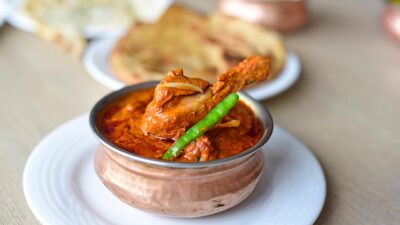Mexican cuisine is celebrated for its vibrant flavors, rich history, and diverse ingredients, and at the heart of this culinary tradition lies one of its most cherished elements: salsa. Whether you’re dipping crispy tortilla chips, enhancing a taco, or dressing a grilled dish, salsa adds an explosion of flavor that is indispensable in Mexican cooking. Crafting authentic Mexican salsas is an art form that combines fresh ingredients, traditional techniques, and an understanding of balance. Here’s a deep dive into the spicy secrets behind creating perfect Mexican salsas.
The Foundation of Flavor
Fresh Ingredients
At the core of any great salsa is the use of fresh, high-quality ingredients. Traditional salsa recipes often include:
-
Tomatoes: The base for many salsas, tomatoes should be ripe and juicy. Varieties like Roma or heirloom tomatoes are particularly favored.
-
Chilies: The heat level and flavor profile of your salsa hinge on the type of chili used. Common varieties include jalapeños, serranos, and habaneros. For a milder taste, opt for poblanos or Anaheim peppers.
-
Onions: Raw onions add crunch and sweetness. White or red onions are typically the go-to choices.
-
Cilantro: This herb brings a fresh, citrusy flavor that complements the heat of the chilies.
-
Lime Juice: A squeeze of lime juice not only adds acidity but also brightens the overall flavor of the salsa.
- Salt: A crucial ingredient that enhances all the other flavors.
The Importance of Texture
The texture of a salsa can vary widely, influencing the overall experience. Salsas can be chunky or smooth; the choice often depends on personal preference or the dish with which it will be served.
-
Pico de Gallo: This chunky salsa incorporates diced fresh tomatoes, onions, chilies, and cilantro, ideal for topping tacos or grilled meats.
-
Salsa Verde: Made with tomatillos instead of tomatoes, this green salsa can be blended for a smooth texture or left chunkier.
- Roasted Salsas: Roasting ingredients—especially tomatoes and peppers—adds a smoky depth to the salsa. Char them on a grill or in an oven for a unique twist.
Techniques for Crafting Exquisite Salsas
The Mortar and Pestle (Molcajete)
Using a traditional molcajete (a stone mortar and pestle) not only connects you to the rich history of Mexican cuisine but also enhances the flavors through a process known as ’emulsification.’ The rough texture of the stone breaks down ingredients, allowing flavors to meld beautifully.
Blending
For a smooth salsa, blending is key. A high-speed blender allows you to achieve the desired consistency quickly while keeping the flavors vibrant. Remember to pulse the ingredients rather than blending them continuously; this helps retain some texture.
Balancing Flavors
Creating a well-rounded salsa requires balancing the main components: heat, acidity, sweetness, and saltiness. Adjust these elements according to your taste preferences:
- Add more chilies for heat, more lime for acidity, and a pinch of sugar if your salsa leans heavily on the acidic side.
- Taste as you go. Salsas can drastically change with small adjustments, so it’s best to find the perfect balance tailored to your palate.
Popular Salsa Varieties
-
Salsa Roja: A classic red salsa made with tomatoes, chilies, onions, and garlic. It’s often cooked to deepen the flavors.
-
Salsa Verde: Made from tomatillos, cilantro, and green chilies, this fresh salsa can be either raw or cooked for a different flavor profile.
-
Mango Salsa: A sweet twist, blending diced mango with jalapeños, red onion, and lime juice, perfect for grilled fish or chicken.
- Chipotle Salsa: Incorporating smoky chipotle peppers, this salsa offers a complex flavor, excellent for those who enjoy a bit of smokiness in their dishes.
Tips for Storage and Serving
Storage
Most salsas can be stored in an airtight container in the refrigerator for up to a week. However, the flavors often deepen after a day or two, making it an ideal make-ahead condiment.
Serving Suggestions
Salsa is incredibly versatile. Serve it with tortilla chips for a snack, drizzle over grilled meats, or use as a zesty topping for tacos, burritos, or quesadillas. The possibilities are endless!
Conclusion
Creating authentic Mexican salsas is not only about blending ingredients; it’s an expression of culture and tradition. The vibrant colors, aromatic scents, and bold flavors come together to create a culinary experience unlike any other. Whether you choose to stick with traditional recipes or innovate with modern twists, the key is to embrace the fresh ingredients and techniques that make these salsas truly special. So, gather your peppers, chop your ingredients, and unleash your inner salsa maestro—your taste buds will thank you!



